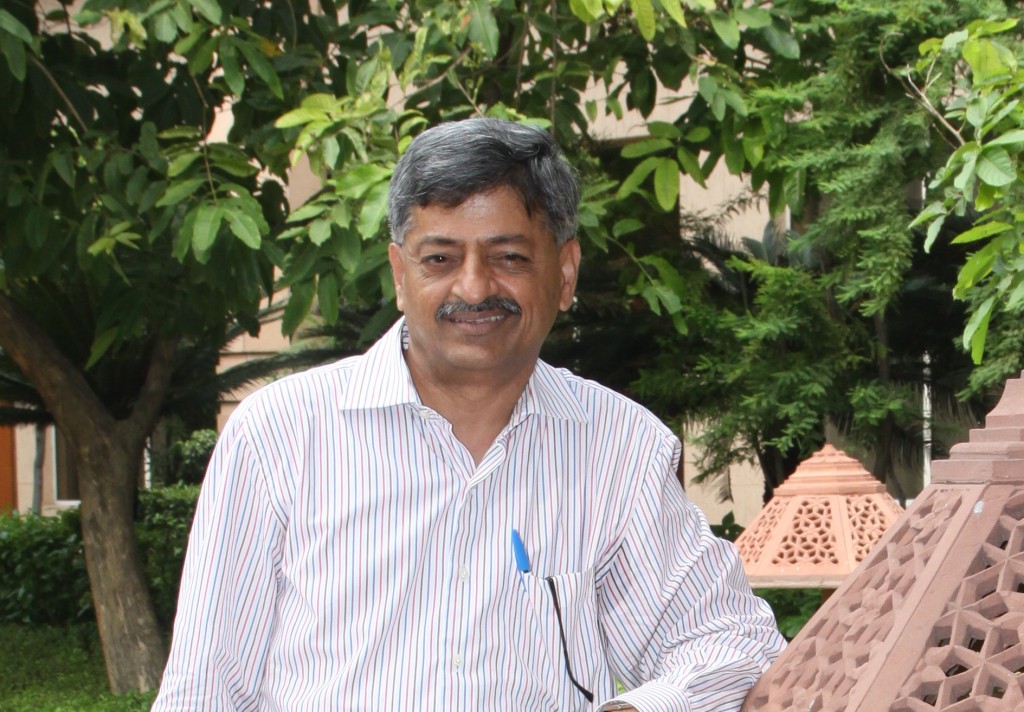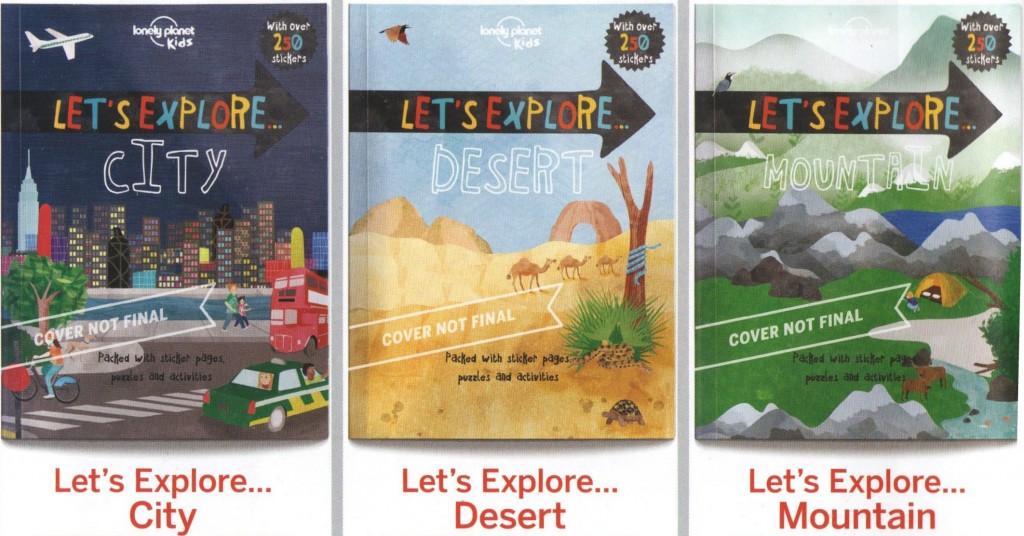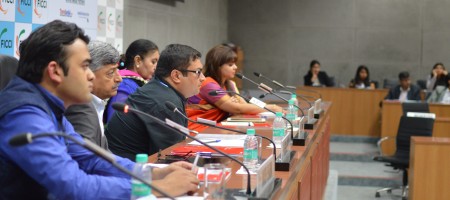Over the past few years, we have seen many new businesses change how we travel. New products and services have disrupted some of the biggest players in this huge industry. Change is inevitable and it is crucial for brands to adapt and stay aligned with the trends. We have also seen an increase in number of resources available online, whether blogs or planning services, that would help a traveller plan better. A large fraction of these services are available for free and often have to fight each other for the attention of travellers. Despite this, Lonely Planet, the largest travel guide book publisher in the world, continues to be on top of a traveller’s mind for over four decades. The key? Identifying the needs of modern traveller and delivering them the same.

Sesh Seshadri, Director, Lonely Planet India
The Lonely Planet guidebooks and web channels continue to inspire a large number of travellers, educate them and help them plan their trips better. We recently got a chance to catch up with Lonely Planet India Director, Mr. Sesh Seshadri over a cup of coffee at their office in Gurgaon to learn more about how the brand continues to expand its footprint in India and the changes he predicts for travel industry. Sesh comes with decades of experience in publishing industry and is always eager to explore how new technologies can be leveraged to deliver relevant content to benefit the travellers. Here is an edited excerpt from the conversation:
How has the travel content changed over the past few years?
We come from a background of producing guides for the past 40+ years and that was probably the beginning of Lonely Planet- helping the traveller enjoy the experience, discover destinations, put together itineraries- this is where it all began. With the advent of technology, there is a lot more content available on the internet but I think the market is still not mature enough to understand the difference between content and curated content. From LP’s perspective, I would say we still have that huge advantage of providing curated content and if you look at any of our books, you will see that we write about things we have experienced and a traveller should know. That is why there is a definite LP voice.
Talking about the changes, I would say there is lot more content available now and it is difficult for the traveller to identify the right sources. That is where the branded content definitely comes into play. I don’t mean to demean anyone. All I want to convey is that our purpose is very clear, it is to help the travellers get the right information that would help with their travel experience.
What technologies do you see finding place in travel?
Recently I was part of a conference where we talked about location based services. That seems to be one of the key factors coming into travel space and I see that is definitely going to find a place in other industries as well. In travel I think location based services are going to play a definitive role in enhancing user experience. Many new models have emerged in travel industry.
Technology is helping solve lot of problems and we will continue to see that. You don’t have to haggle for cabs anymore or make calls to book one. Technology will be a great enabler in travel. It won’t replace anything but is going to improve a lot of things.
Publishing online is much easier now and we have seen many sources offer travel inspiration. How has this affected Lonely Planet?
From the first impressions, it hasn’t affected us at all. I think people must understand that they are both here to stay and complement each other. It isn’t an “either-or” situation. There will be technology and online media but there will still be printed content. The proportions may change over time but neither one of them is going away. There are some people who want to be engaged with technology and then there are some people who want to be engaged otherwise and that number will keep both opportunities alive.
For me, technology is not disturbing the delivery of content but is helping the delivery of content. Having said that, a large fraction of the content available online is crowdsourced. The validity of that content comes in question and that is a challenge. If my neighbour is recommending some activity, I will count on that because I know someone trustworthy has experienced that. But if hundreds of unknown people are telling me about the same activity, how can I know if that isn’t an advertorial?
Do you think the same holds true for trip planning startups?
In some markets, it is important to offer itinerary based travel options. For instance in India, offering itinerary based travel which includes the best places and activities to experience at a destination is much more successful. The key factors being time, budget and experience. This definitely works well for a good number of travellers. However, the new generation traveller is not looking for such an experience. They are looking to experience things that not many people choose and are willing to explore less explored places. It is difficult to put the kind of travellers in a small number of categories. We at Lonely Planet also focus on helping the second kind of traveller.
What is coming next for Lonely Planet India?
We are already doing a lot of interesting new things. If you head to our website, you will see that we have launched specific guides in the form of apps for around 38 cities and we are giving them absolutely free of cost. The whole idea is to bring in engagement, help more travellers and provide relevant information to them. You can expect to see more technology driven content coming from us in the near future. However, that doesn’t mean the guidebooks are going away. Guidebooks will continue to be at the centre of our model but we will try to add more value by leveraging technology.

Some of the upcoming titles under Lonely Planet Kids
We are focussing on specific segments of travellers as well. For instance we are now publishing Lonely Planet Kids and we have got some fantastic titles under that segment. We are also publishing a lot of gift books which are travel related. There is an appetite for things beyond the guide while staying within the travel portfolio and you will see relevant products coming from Lonely Planet India.
Sesh has previously supported us in our events by sharing his knowledge during various panel discussions. Now we are bringing back the events on an even bigger scale. Sign up for the upcoming Startup Knockdown+.
If you are looking for some inspiration or ideas for your next trip, you can head to the Lonely Planet India website.



















